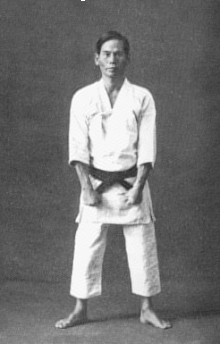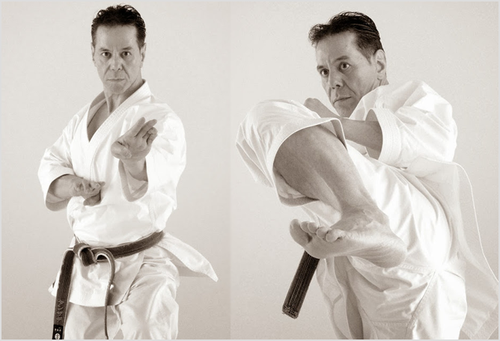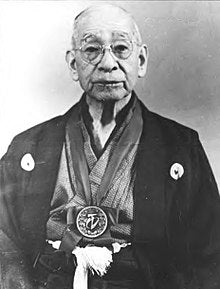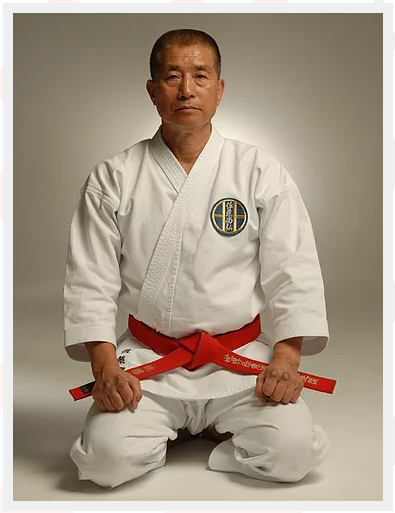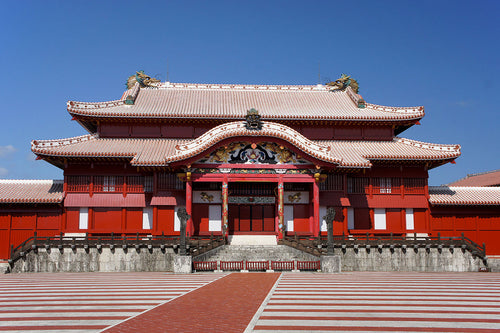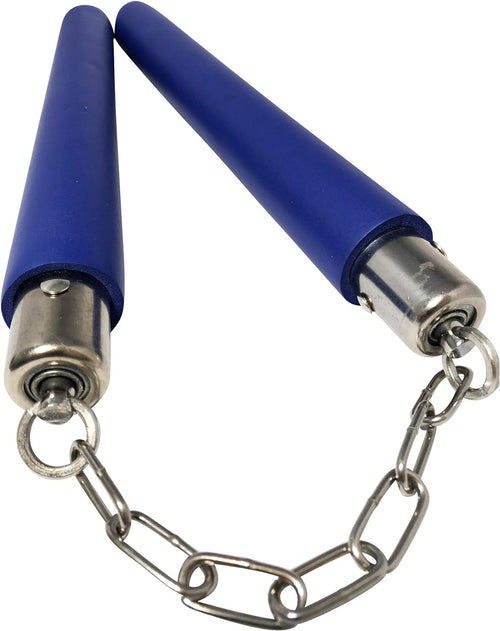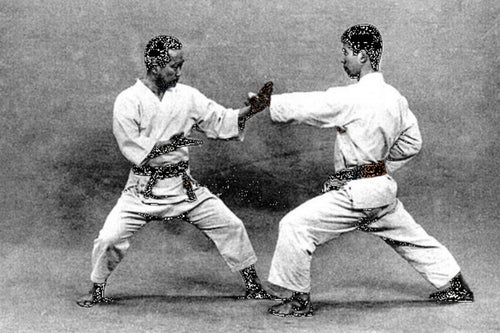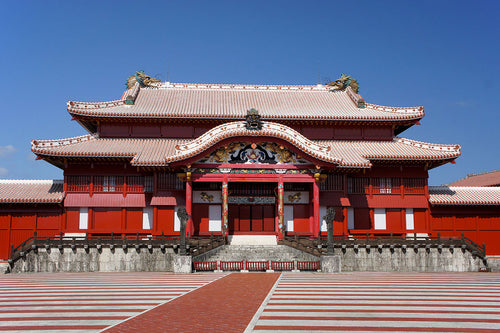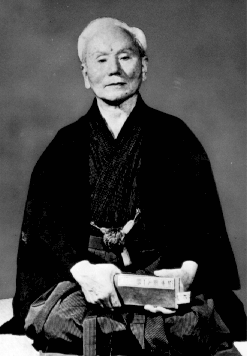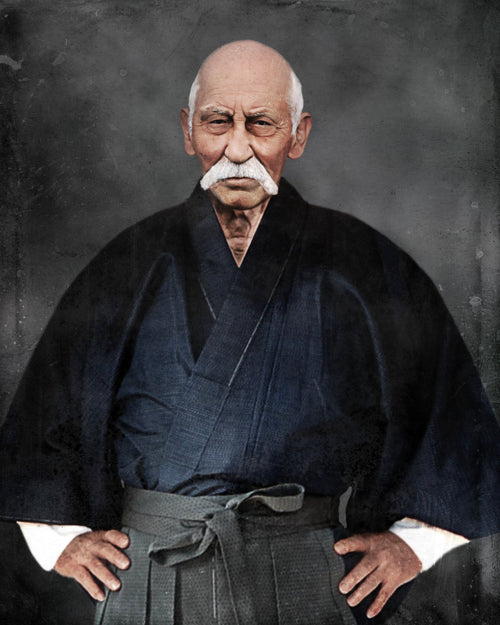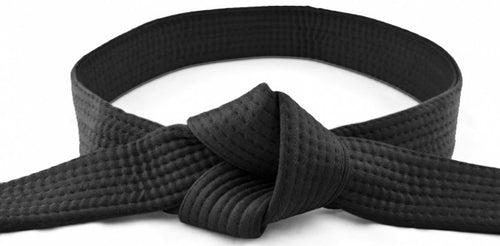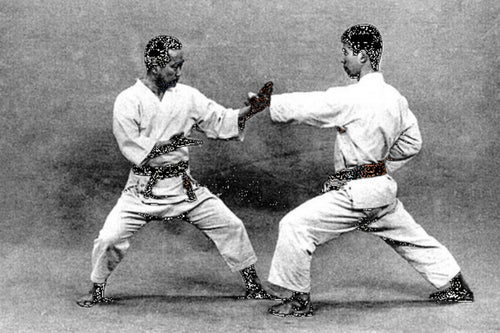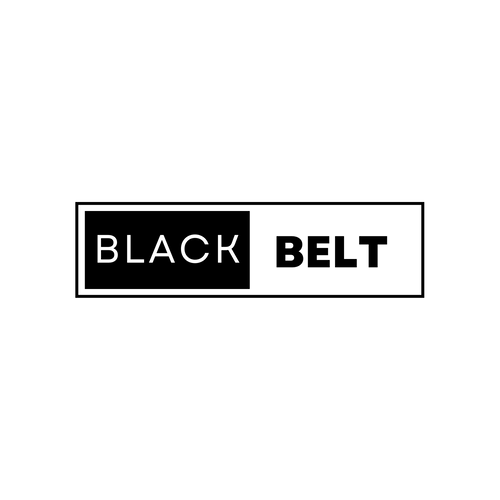Karate, a traditional Japanese martial art known for its precision, discipline, and effectiveness, follows a structured system of colored belts to mark a practitioner's progress. These belts, which vary in color, symbolize different levels of knowledge, skill, and experience within the art. In this article, we will explore how many belts exist in Karate, what each one represents, and the significance of this progression system.
The Karate Belt System
The Karate belt system is a hierarchy of colored belts that practitioners earn as they advance through their training. Each belt color corresponds to a particular stage of learning and skill development. The order of belts in Karate varies slightly among different styles, but the most common progression is as follows:
-
White Belt (Beginner): The white belt signifies purity and the beginning of one's journey in Karate. At this stage, practitioners learn the foundational stances, blocks, and strikes.
-
Yellow Belt: The yellow belt represents the first rays of sunlight breaking through the darkness. Practitioners build on their basics, refining techniques, and incorporating more advanced movements and combinations.
-
Orange Belt: The orange belt symbolizes further progress and enthusiasm. Practitioners continue to refine their techniques, focusing on precision and control. They also start to explore kata, the choreographed forms that are an integral part of Karate training.
-
Green Belt: The green belt signifies growth and development. Practitioners delve deeper into kata, emphasizing their execution and interpretation. They also begin to explore sparring and the practical application of techniques.
-
Blue Belt: The blue belt indicates a deepening of knowledge and skills. Practitioners are expected to demonstrate advanced techniques and combinations with accuracy and power. The emphasis is on fluidity and adaptability in sparring.
-
Purple Belt: The purple belt represents the transition from intermediate to advanced levels of Karate. Practitioners have a solid understanding of fundamental techniques and can execute them with finesse. They also start to teach and mentor junior students.
-
Brown Belt (1st to 3rd Kyu): Brown belts indicate a high level of competence in Karate. The transition from 3rd to 1st kyu is characterized by a deepening understanding of the art's philosophy, principles, and applications. It's a stage of fine-tuning one's skills and working toward black belt proficiency.
-
Black Belt (Dan Ranks): Black belts signify expertise and mastery. The journey doesn't end here; it merely enters a new phase. Black belt ranks range from 1st dan (shodan) to 10th dan (jūdan), with each level signifying increasing mastery, knowledge, and leadership in Karate.
Variations in Belt Progression
It's essential to note that while the above-mentioned belt progression is common in many Karate styles, variations exist. Some styles may have additional intermediate belts or a slightly different order of belt colors. The number and color of belts can also differ among different martial arts organizations and schools. However, the fundamental principle of progressing through different levels of skill and experience remains consistent.
The Significance of Belt Progression
The Karate belt system serves several important purposes:
-
Motivation: The colored belt system provides a clear path for practitioners to follow, setting achievable goals and motivating them to advance in their training.
-
Recognition of Achievement: Earning a new belt is a significant accomplishment, marking a practitioner's growth and dedication to the art.
-
Hierarchical Structure: The belt system helps organize classes and training by grouping students based on their skill levels, which aids instructors in tailoring instruction to the appropriate level.
-
Sense of Progress: Each belt represents a stage of progression, offering a tangible sense of advancement for practitioners.
-
Symbol of Mastery: Achieving the black belt rank symbolizes a high level of skill, knowledge, and responsibility within the art.
Conclusion
Karate's belt system is a structured and time-tested way to recognize a practitioner's growth and progress within the art. It offers motivation, goals, and a sense of accomplishment as individuals work their way through the various belt colors. Whether one's ultimate goal is achieving a black belt or simply improving physical fitness and self-defense skills, the Karate belt system provides a clear path for individuals to follow on their martial arts journey.





